This post is brought to you by NYIT SoAD
Artificial Intelligence has arrived—not as an add-on to architectural workflows, but as a force fundamentally reshaping them. At the School of Architecture and Design (SoAD) – New York Institute of Technology (NYIT) this recognition hasn’t led just to an update of the curriculum, but it resulted in a rethinking of what architectural education should be. While many architecture schools are still debating where AI belongs in the curriculum, SoAD at NYIT has taken a multi-pronged, future-forward approach. The Master of Science in Architecture and Computational Technologies (MS.ACT) and its ongoing reviewing and updating processes may be the program catalyzing the most recent changes on this topic and the center of a proactive transformation. This is just one facet in a kaleidoscope of new pedagogical structures that embed AI across the school’s studios, seminars, and research labs. SoAD isn’t teaching students to use AI. It’s teaching them to think with it, question it, and ultimately shape it.
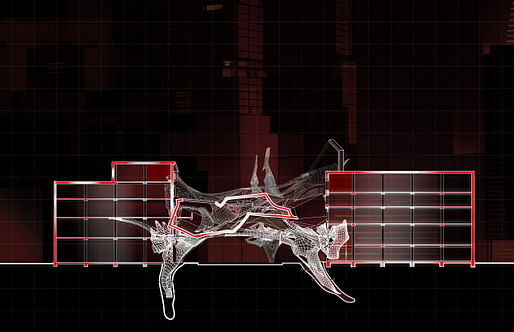
Beyond the Studio: Students and Faculty build a Culture of AI Literacy
Rather than relegating AI to isolated electives or speculative workshops, the SoAD at NYIT has been steadily reframing design education around the emergence of machine intelligence. Across both graduate and undergraduate curricula, students engage AI as an evolving form of cognition—a force capable of reorganizing how buildings respond to environmental pressures, how they are designed, understood, and how they perform in time and space. From first-year courses in computational literacy to advanced seminars in synthetic perception, SoAD is creating an environment where AI is not supplemental—it’s structural. SoAD faculty members Ezio Blasetti, Matias del Campo, Pablo Lorenzo Eiroa, Sandra Manninger, Alessandro Melis, Athina Papadopoulou, Christian Pongratz, Andreas Theodoridis, Tom Verebes, Lyla Wu and many more lead these efforts, building an architecture school where design doesn’t just respond to algorithms—it coevolves with them. “The challenge isn’t just teaching students how AI works,” says Blasetti. “It’s teaching them to ask what kind of world it’s helping us imagine.”
A Flagship, Not a Fortress
The SoAD graduate programs are perhaps the most visible and active in exploring AI strategies. Furthermore, the ongoing proposal to change the current two semester design intensive MS.ACT program in a cross-disciplinary Master of Science in Design and Artificial Intelligence (MS.DAI) reframes AI as a generative partner in the design process. Students will explore Transformer Models, GANs, latent space mapping, and machine vision—not only for aesthetic experimentation but to examine the ethical and epistemological conditions of AI-generated work. What makes the MS.DAI unique is its position within a much broader pedagogical landscape. “We never saw this as a standalone initiative,” says Matias del Campo. “It’s a flagship, yes—but it’s also a prototype. The goal is to ripple these methods into every layer of architectural education.” That ripple is visible. Concepts from the MS.DAI studios—like dataset curation, prompt literacy, and algorithmic authorship—are now being echoed in thesis reviews, fabrication electives, and even introductory design courses.

Machine Intelligence and Material Intelligence
SoAD’s integration of AI isn’t limited to the digital aspects. In SoAD’s fabrication and robotics labs on the Long Island and Manhattan campuses, students and researchers are using AI to prototype adaptive materials, intelligent assemblies, and robotic workflows. Here, the focus shifts from generating images to generating structure. Sandra Manninger’s research into machine vision-assisted fabrication is central to this effort. Under her guidance, students are using real-time sensing systems and feedback loops to create performative material systems – designs that can sense, adjust, and evolve in response to environmental data. “We’re not just talking about AI as form-maker,” Manninger explains. “We’re talking about AI as a partner in fabrication, in climate response, in material ethics.” Alessandro Melis adds an ecological dimension to the conversation. His work explores how AI might be deployed in adaptive infrastructure, post-climate disaster environments, and resilient urban design. For Melis, AI’s value lies not only in form-generation but in its capacity to simulate -and respond to- planetary conditions.
Critical Conversations: Embedding Ethics in Design Practice
At SoAD, AI is not treated as neutral. Every generative system is understood as a reflection of the biases embedded in its training. Every image carries cultural and ecological assumptions. Every dataset represents a choice. Rather than keeping these questions siloed in theory classes, SoAD integrates them across its studios and seminars. Students are taught to question the foundations of machine reasoning: Whose aesthetics are being amplified? Whose histories are being erased? What does it mean to speculate when the speculative power of the machine is preconditioned by its training? Ethics, in this model, is a design material—just like concrete or code. “Designing with AI means designing with accountability,” says Manninger “…and that starts with critically interrogating the tool at hand.”
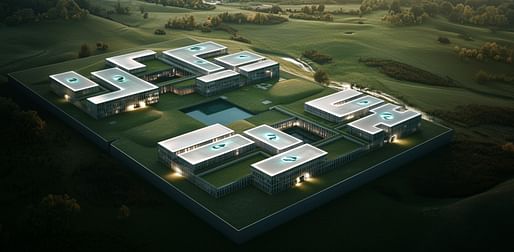
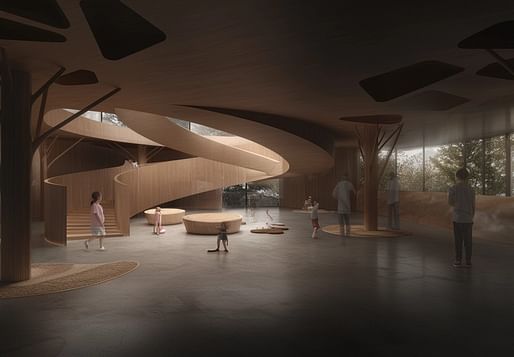
Pedagogy at Scale: From Thesis to Research to Policy
SoAD’s AI strategy extends beyond individual classrooms. It’s tied to a larger institutional goal: positioning the school as a national thought leader in design education’s posthuman turn. The research on AI in architecture pedagogy looks not only at efficacy but also at the cultural, economic, and environmental implications of AI in studio education. It includes comparative analysis, curriculum design frameworks, and proposed guidelines for ethical AI integration. This project isn’t theoretical – it’s shaping real-time adjustments to how AI is taught at SoAD, and it’s influencing how other schools might begin to implement similar changes. In this emergent context, our students apply their acquired knowledge in a vibrant and creative environment. The School is also preparing to host major symposia and exhibitions around AI and architecture, inviting collaboration across institutions, disciplines, and industries. As Melis puts it: “If we’re going to educate architects who can operate in an AI-driven world, we have to be a school that operates in one too.”
Perhaps the most radical shift underway at SoAD is the one that’s hardest to measure: the redefinition of architectural authorship. In many design schools, authorship still implies a singular vision—the hand of the architect shaping form, from sketch to model to building. But at SoAD, that vision has being refracted through algorithmic processes, stochastic modeling, and collaborative networks of human and non-human intelligence, in proactive and creative ways. In AI-augmented studios, students work with systems that hallucinate, iterate, and reinterpret intention. The architect becomes curator, editor, and sometimes, provocateur. It’s a new kind of creativity—less about control, more about orchestration. This perspective, drawn from post-humanist design theory, isn’t just speculative. It’s already embedded in how students frame their projects, how juries respond to work, and how portfolios are evaluated.
A Kaleidoscope, Not a Monolith
What sets SoAD’s and the overall NYIT approach apart isn’t a single program or course. It’s the distributed, systemic nature of its engagement with AI. From foundational computational training to thesis critiques that question machine logic, from core courses to theory seminars to fabrication tutorials—AI isn’t bolted onto the curriculum, it runs through it. The result is a culture, not just a curriculum. A culture where students learn to code, to fabricate, to speculate—but also to critique, to question, and to intervene. Architecture, in this framework, is no longer about static objects or fixed ideas. It’s a platform for exploring how intelligence—synthetic and otherwise—can reshape space, practice, and meaning, while also rethinking the past, the present and the possible futures.
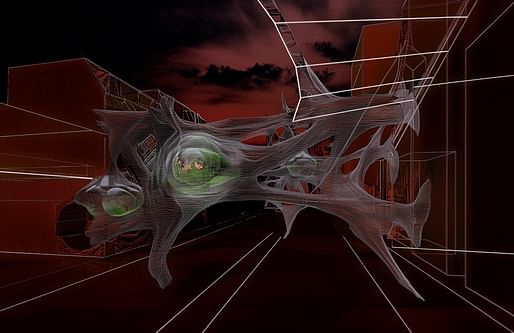
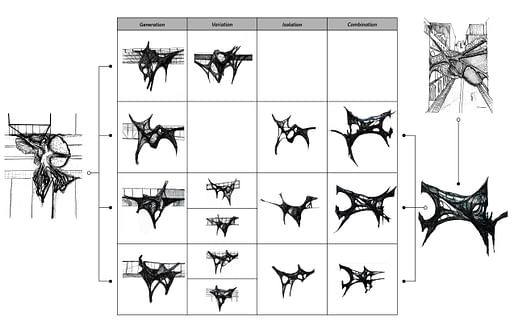
What Comes Next
Under the leadership of Dean Maria Perbellini, the pedagogical transformation happening at SoAD – NYIT isn’t finished. It’s a living, responsive system, constantly reprogramming itself in response to new technologies, new ethics, and new expectations. If anything, Dean Maria Perbellini sees AI not as the final destination but as the next frontier—one that will intersect with ecological intelligence, quantum computing, spatial inquiries, and cultural memory in ways we’re only beginning to imagine. The takeaway is simple: at SoAD-NYIT the question isn’t whether AI belongs in design education, it’s how deeply, how critically, and how creatively we’re willing to engage with it.


